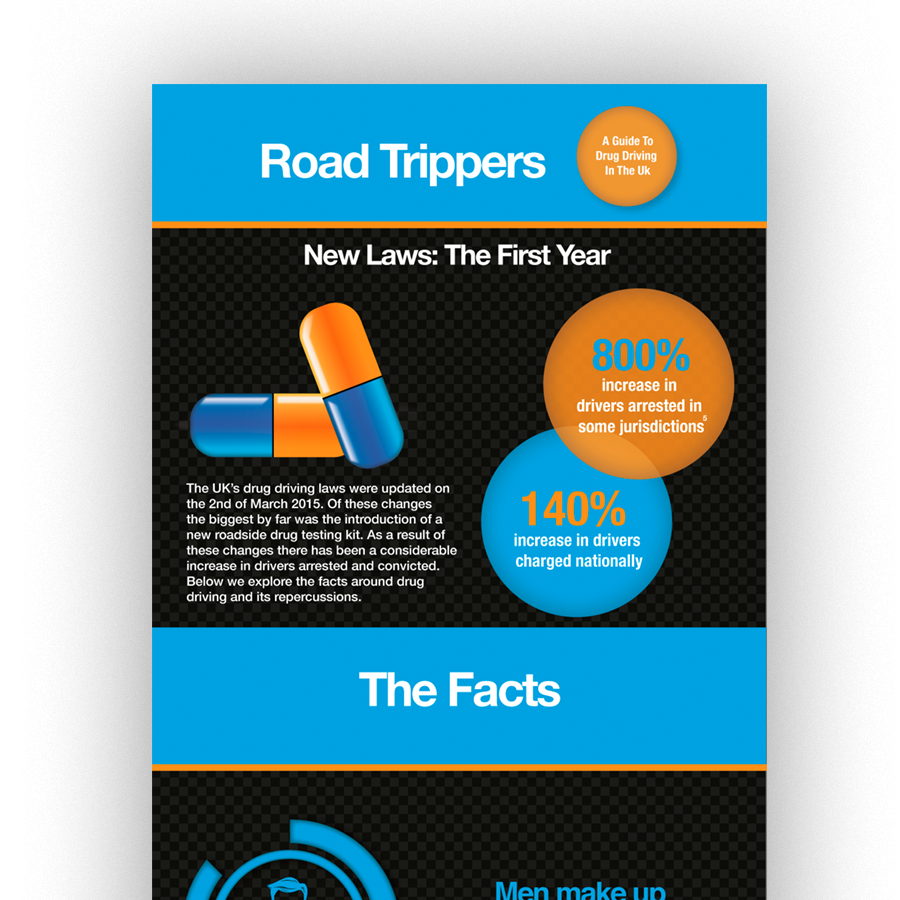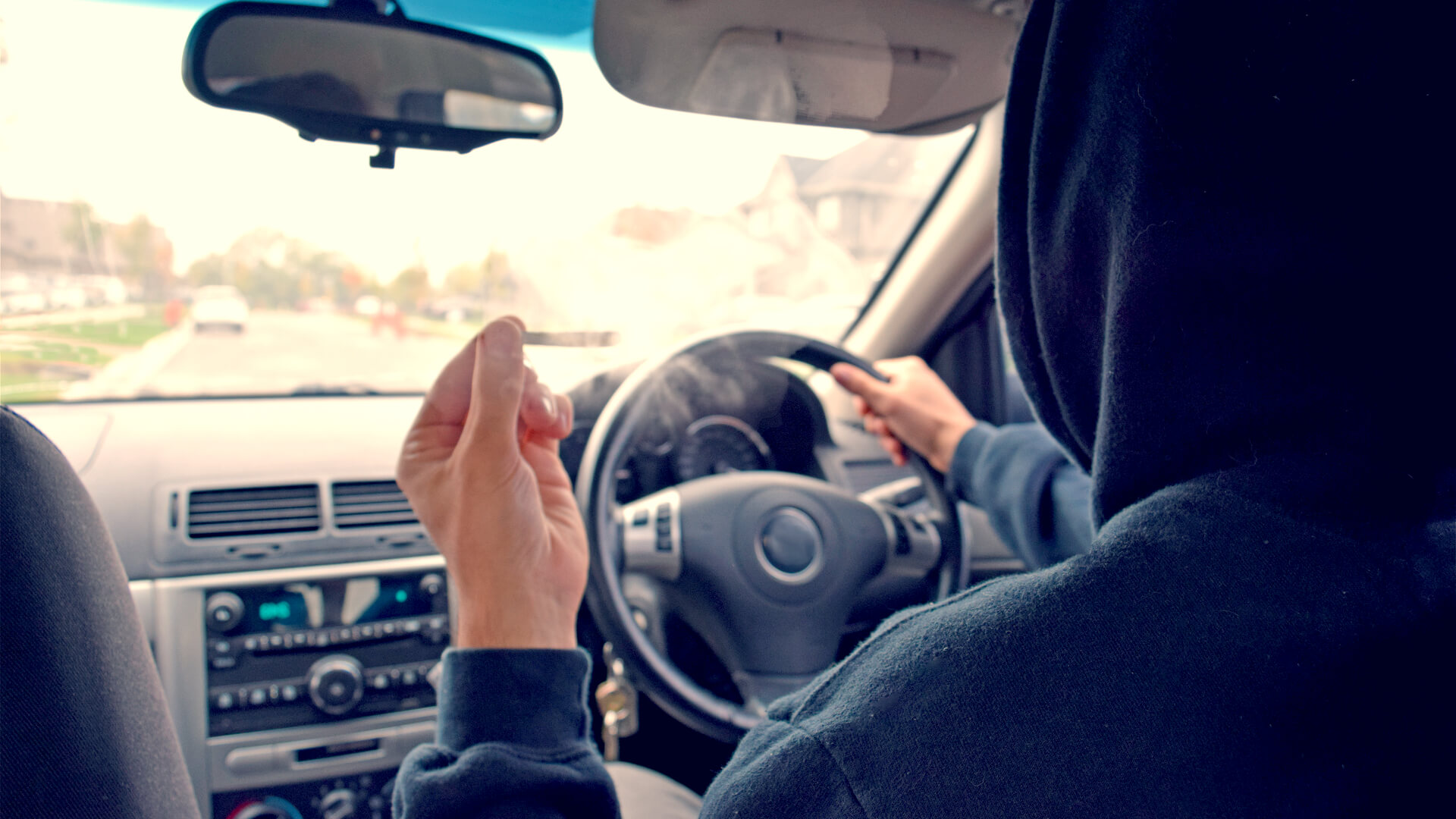“Road Trippers” Drug Driving in the UK
It took the death of Lillian Groves in June 2010 to raise the stigma of drug driving to the same level as drink driving. The 14 year old was hit by a drug driver. By the time he could be tested, the drugs in his system were below the levels necessary to ensure a conviction. Instead he was sentenced for causing death by careless driving and driving without insurance. The case may have passed without scrutiny had the North Report not been published 10 days earlier.
The independent review commissioned by the Department of Transport and performed by Sir Peter North highlighted the flaws in the UK’s drug driving laws. The failures included the use of a subjective field impairment test instead of an objective roadside drug test. The law also needed to prove a driver was impaired rather than having defined limits.
Drug driving is a complex social issue that causes an estimated 200 deaths a year on our roads. Lillian’s parents are far from the only ones who have had their lives torn apart by drug driving and they won’t be the last. Their campaign in their daughter’s memory helped to drive a change in the law in 2015, the biggest shake up in 85 years.
Support for the law change is high among the general public but it has attracted criticism from the British Medical Association, Members of the House of Lords and Chronic Pain Policy Coalition. Wary that the change in the law risked criminalising people who were taking prescribed medication. It is important to note that whilst the law introduced zero tolerance limits for illegal drugs there are generous limits on prescribed drugs provided you do not feel impaired when driving. The “law change also makes provision for a statutory “medical defence”.
On this page we cover the changes in the UK’s new drug driving laws and the impact on the UK’s arrests and convictions for these offences, we have created an infographic and chloropeth map to help visualise these changes.

If you or someone you know is affected by drugs you can find support here.
The UK’s New Drug Driving Laws – Infographic
As of March 2015 it is illegal to drive if you are either: Unfit to do so because you’re on legal or illegal drugs. Or if you have above a specified level of an illegal drug in your blood stream (the drugs don’t need to be effecting your driving)
This differs from the old legislation in that the second step did not exist; there were no roadside kits to test for the presence of illegal drugs. Instead the police would undertake a field assessment to determine if you were driving under the influence of drugs: measuring the size of your pupils and asking you to walk in a straight line.
The new testing kit represents a massive advancement in the methodology for catching drug drivers and since it has been introduced the impacts of these changes have been considerable. Leading to increases in arrests and convictions for drug driving offences including: Causing death by dangerous driving under the influence of drugs, in charge of a vehicle whilst unfit through drink or drugs (impairment drugs), driving or attempting to drive a vehicle whilst unfit to drive through drink or drugs (impairment drugs). Click here to scroll to the infographic.
Drivers under the influence of cannabis may mistakenly believe that they are safer as they may drive more slowly. However, its effects on reaction times and perceptions of time and distance are enough to make it a considerable factor in a number of fatal collisions.
Drug Driving Penalties
Drug driving penalties are severe. If convicted for drug driving you are at risk of an immediate 12 month driving ban, 12 months in prison and a fine up to £5,000
There are 16 controlled substances, which if you drive or attempt to drive under the influence of, will put you at risk of a drug driving conviction. You can find them below with their respective limits, measured in micrograms per litre of blood.
What are the Illegal Drug Limits?
Benzoylecgonine (cocaine) – 50 micrograms per litre of blood (µg/L)
Cocaine – 10µg/L
Delta-9-Tetrahydrocannabinol (cannabis and cannabinol) – 2µg/L
Ketamine – 20µg/L
LSD – 1µg/L
Methylamphetamine – 10µg/L
MDMA (ecstasy) – 10µg/L
Heroin and diamorphine – 5µg/L
What are the Prescription Drug Limits?
Clonazepam (used to treat seizures and panic disorder) – 50µg/L
Diazepam (anti-anxiety) – 550µg/L
Flunitrazepam (Rohypnol – sedative) – 300µg/L
Lorazepam (anti-anxiety) – 100µg/L
Methadone (heroin substitute) – 500µg/L
Morphine (pain relief) – 80µg/L
Oxazepam (anti-anxiety) – 300µg/L
Temazepam (anti-anxiety and sedative) – 1,000µg/L

Copy and paste the text below to add this infographic to your website:
<a href="https://www.keithmichaels.co.uk/convicted-driver-car-insurance/info/uk-drug-driving-the-laws-and-the-facts/"><img style="width: 100%; height: auto;" src="https://www.keithmichaels.co.uk/wp-content/uploads/2016/08/KEITH_MICHAELS_INFO_DRUG_DRIVE_V5.png" alt="Road Trippers Drug Driving in the UK" height="12664" /></a>

